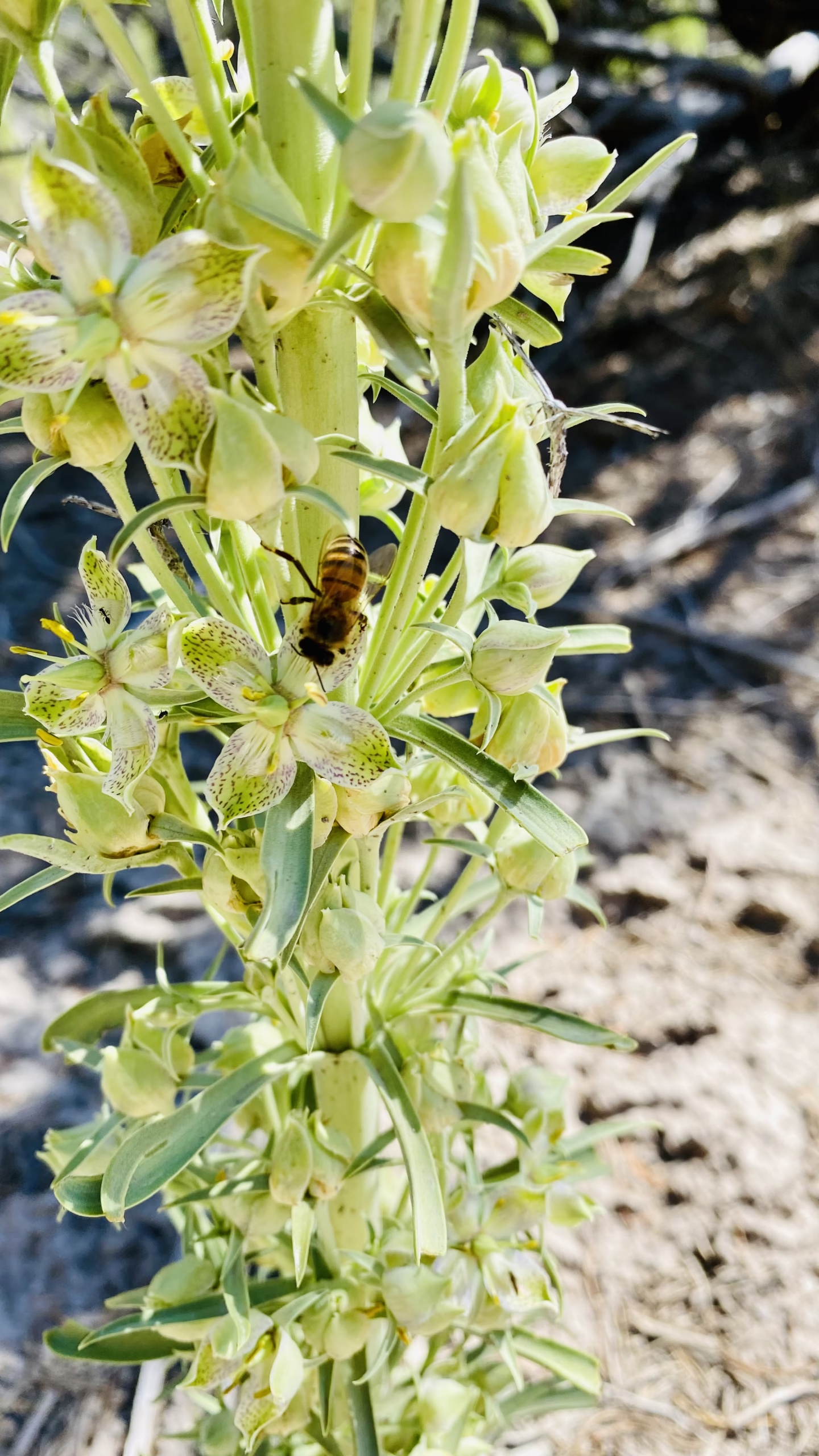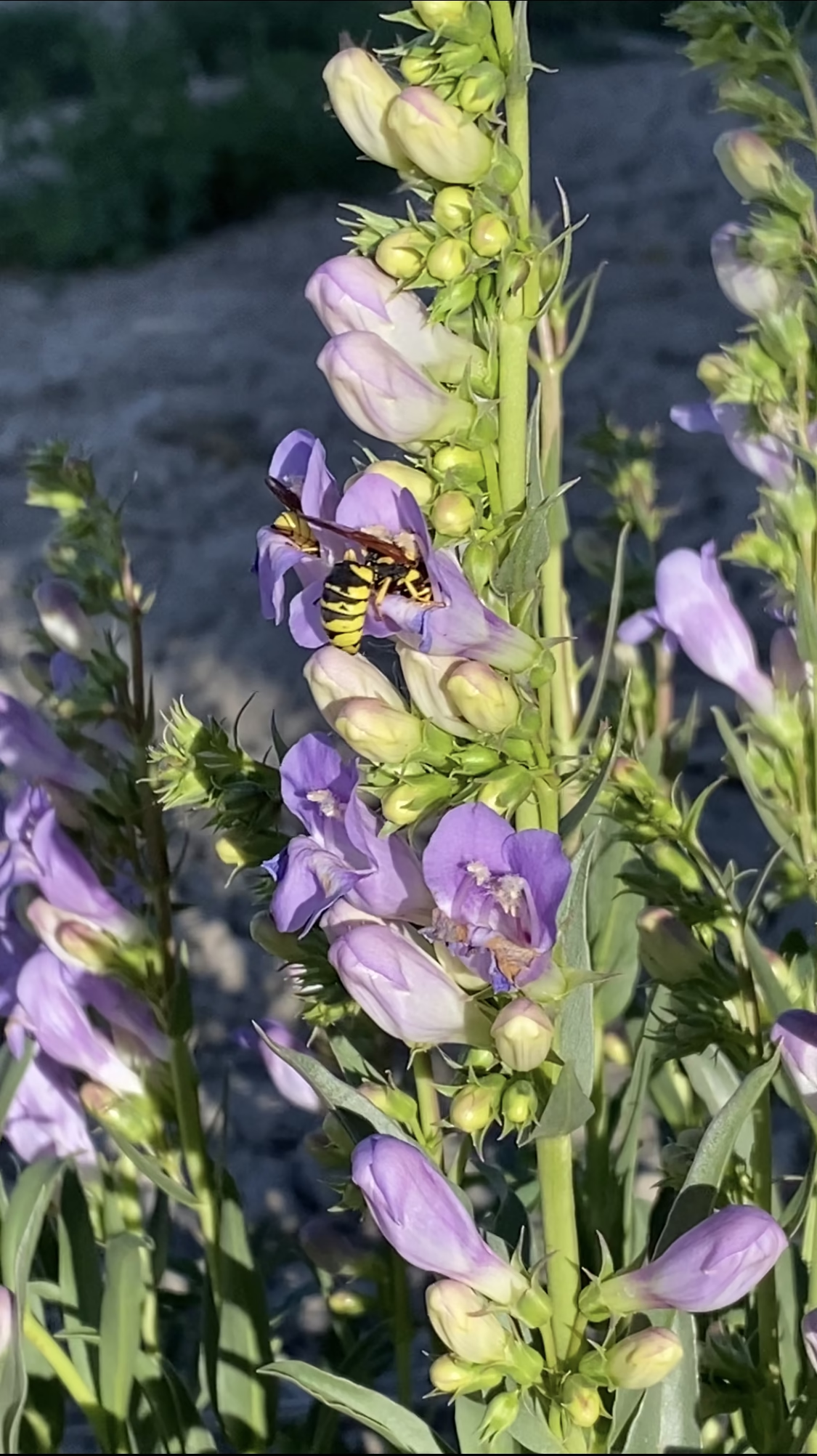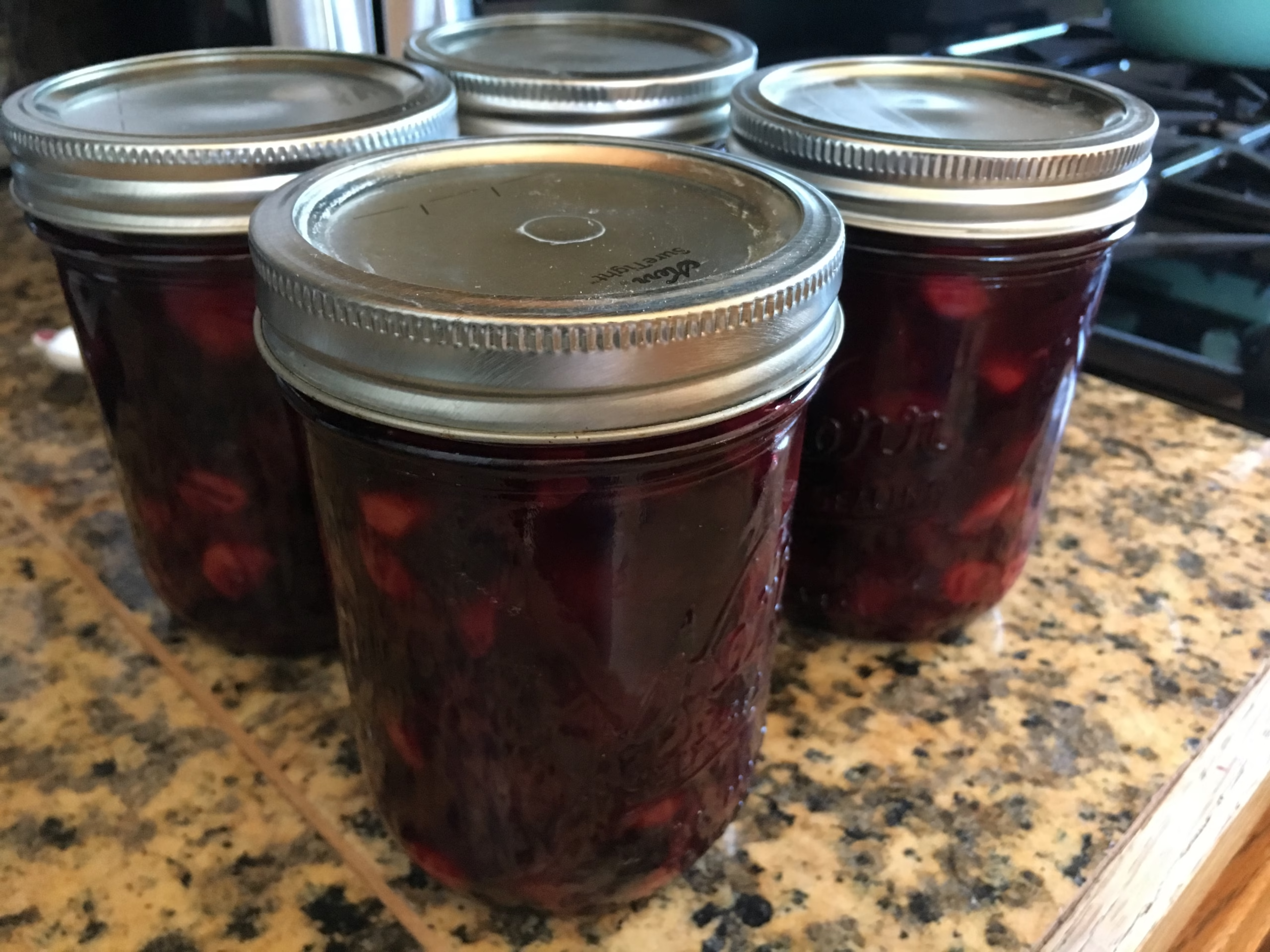How to Set Realistic Goals for Your Homestead (and Actually Reach Them) 💪
Homesteading is full of dreams: lush gardens, happy animals, cozy handmade goods, and a pantry stocked for winter. But getting from “dream” to “done” takes more than just hope. It takes planning clear, realistic homesteading goals that actually fit your life.
If you have been feeling overwhelmed, behind, or even a little defeated on your homesteading journey, you are not alone. Setting good goals can make the difference between a homestead that fuels you and one that drains you. (Ask me how I know.) Here is how to do it right.
Want a little extra help? Grab the free Homestead Goal Planner Printable (PDF) to map out your goals as you read!

1. Start with Your “Why”
Every good homestead goal starts with a reason. Are you trying to eat healthier? Save money? Sell extra produce for a little side income from your homestead? Spent more time in nature?
Knowing your “why” will help you pick homesteading goals that matter to you, not just what everyone else is doing.

2. Choose One Focus at a Time
It is tempting to want it all at once: chickens, bees, gardens, goats, fruit trees, sourdough bread, and homemade soap. (One year, I tried all of it at once… and let’s just say, the weeds were the only ones thriving.)
Pick one major homesteading project to focus on first. Maybe this year is the year of “learn to raise chickens” or “build the garden beds.” Let everything else wait until you have mastered your first goal.

3. Break Big Dreams into Tiny Steps
Big dreams are great. But “grow all our own food” is too big to tackle all at once. Instead, break it down:
- Build one 4 x 8 foot garden bed
- Plant 3 easy crops (like lettuce, radishes, and green beans)
- Learn basic composting skills
Small steps keep the momentum going. Every little win counts when building your homestead.

4. Plan for Setbacks (Because They Will Happen)
Gardens fail. Chickens get sick. Unexpected bills pop up. Homesteading life happens.
The key is to expect bumps in the road. When they come, adjust. (The year I finally planted tomatoes, we had a surprise June frost. You just have to laugh and try again.) A goal delayed is not a goal denied. Stay flexible, and you will stay on track over the long haul.

5. Celebrate Progress, Not Perfection
Homesteading is not about having a magazine-perfect property. It is about building a life that feels good to you.
Celebrate each step: the first egg, the first tomato, the first day you sit on the porch with a cup of tea from herbs you grew yourself. These wins are what homestead success looks like. (And the world has never ended over crooked rows of carrots.)

Why Setting Homestead Goals Leads to Long-Term Success
Setting realistic homesteading goals is one of the best ways to grow a successful, fulfilling homestead. Focus on what matters most, break it down into manageable steps, and celebrate every win, big or small.
Your homesteading journey will be messy, muddy, and yours. Start small. Stay steady. Trust yourself. And when you need more practical tips for starting a homestead, managing daily challenges, or keeping your dream alive even when life gets chaotic, I am here to help. 🏡
Free Homesteading Goal Planner
🌿 Don’t forget to download your free Homestead Goal Planner Printable (PDF) to get started!

Read More
🌱 10 Tips for Starting Your Homestead: Simple Steps to Turn Your Dream into Reality
🧰 5 Simple Tips to Keep Your Homestead Running Smoothly (Even When Life Feels Chaotic)
🌸 Defeating Bindweed: A Gardener’s Battle
🏡 Cozy Lifestyle Basics: Mountain Living Edition
Homestead Living Essentials
✨ Never Miss a Homestead Story
Join my newsletter for exclusive patterns, homesteading tips, and wildlife updates! 💌







































